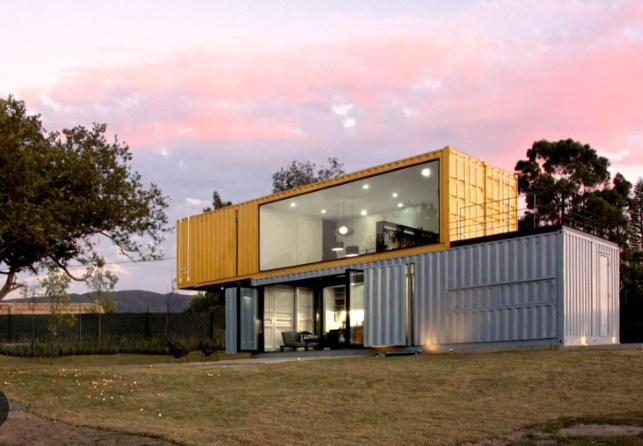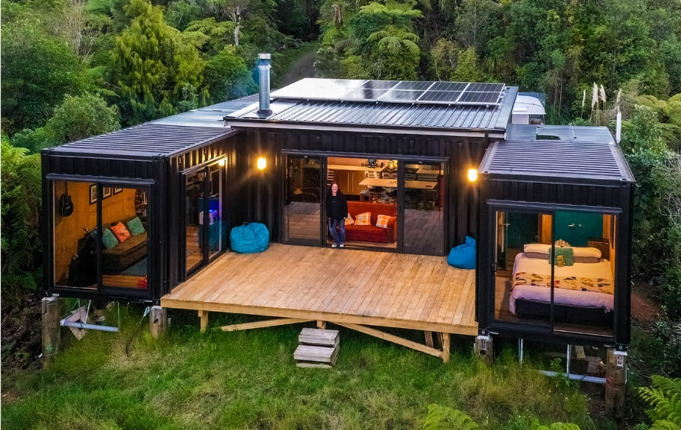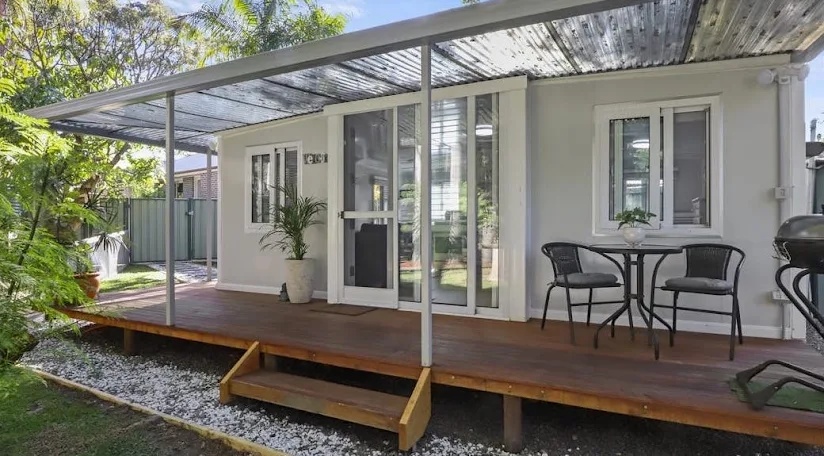Shipping Container Cabin: Present and Future
Container Cabin, as an innovative housing solution, has garnered widespread attention. This housing method transforms shipping containers into habitable spaces, offering not only eco-friendliness but also design flexibility and economic advantages. This article will explore the current state of container housing and potential future trends.

I. Current State of Container Housing
1.1 Eco-Friendliness
One of the primary advantages of container housing is its eco-friendliness. Repurposing discarded shipping containers reduces construction waste in the building industry, contributing to reduced resource wastage. Furthermore, container housing typically incorporates modern energy-efficient technologies. As a result, it reduces energy consumption and helps minimize carbon footprints.
Container housing is often more cost-effective than traditional construction. Since the container’s structure already exists, construction costs can be lowered. Additionally, container housing is typically constructed at a faster pace, significantly reducing labor and time costs.
1.3 Design Flexibility
Design flexibility is a significant appeal of container housing. These containers can be transformed into various shapes and sizes of dwellings to accommodate different needs and preferences. From single-container units to multi-container combinations, designers can create diverse housing styles.

II. The Future of Container Cabin
2.1 Sustainable Innovations
The future of container housing will place a greater emphasis on sustainable innovations. This includes the increased use of renewable energy sources such as solar and wind power. These innovations aim to reduce reliance on traditional energy sources. Furthermore, more efficient insulation and energy-saving technologies will become standard in container housing. This will further reduce energy consumption.
2.2 Smart Technology and Connectivity
In the future, container housing will incorporate smart technology to provide added convenience and comfort. Smart home systems can control temperature, lighting, security systems, and more. This makes living spaces more intelligent and efficient. Additionally, container housing will become more connected to urban infrastructure and networks, offering an enhanced living experience.
2.3 Multifunctionality and Customization
The future of container housing will be more multifunctional and customizable. This means container housing can adapt to various purposes such as residential, office spaces, commercial areas, and more. Residents will have the ability to customize the design and layout of container housing according to their needs and preferences.

Conclusion
In conclusion, container housing has already made a mark in the modern housing market, with its eco-friendliness, cost-effectiveness, and design flexibility making it a popular choice. In the future, container housing will continue to evolve, with a focus on sustainability, smart technology, and multifunctionality. This will provide people with an enhanced living experience. Container housing is not only an innovation in the modern housing market but also a significant part of the future of sustainable housing.